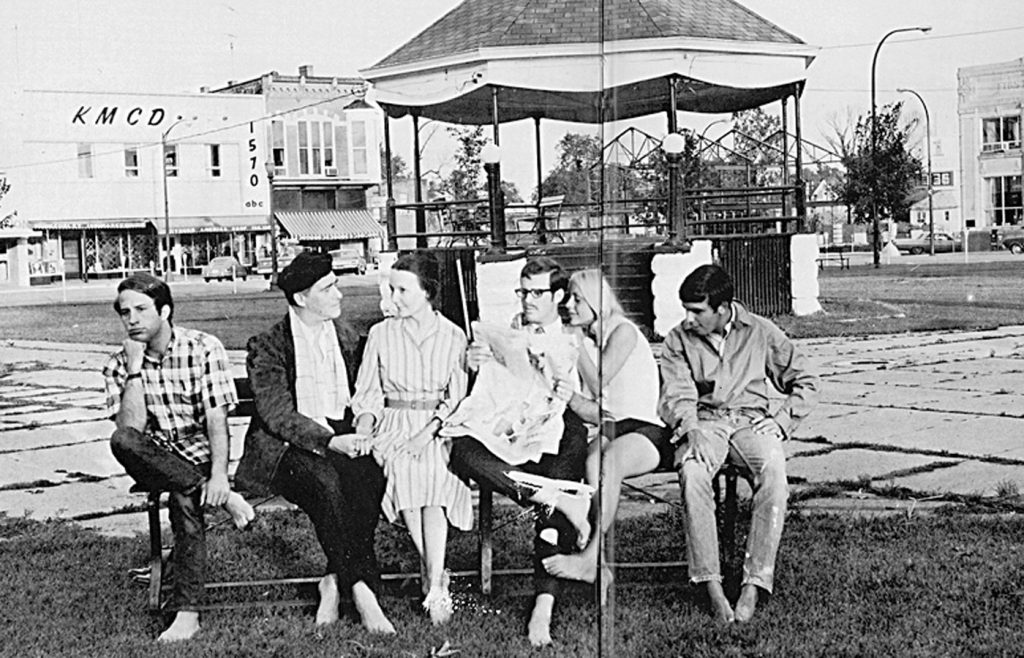
I went to Parsons College in Fairfield, Iowa, for one year, from 1967 to 1968. Basically, I couldn’t get in anywhere else. I was a terrible student in high school. I went to a very competitive high school, Cheltenham High in the suburbs of Philadelphia. Benjamin Netanyahu, the future prime minister of Israel, was in the school, along with Barbara DeAngelis, Reggie Jackson, and lots of other smart kids and luminaries. I was always at the solid bottom of the bell curve. I was lucky to get a C in anything.
When I applied to colleges, most of them said, in essence, “You have got to be kidding,” but Parsons wrote back and said yes. Back then, guidance counselors all over the U.S. knew about Parsons. It was a place that would take students nobody else would. It must have been true because they took me, and the next thing I knew I was on the plane to a place called Ottumwa, Iowa.
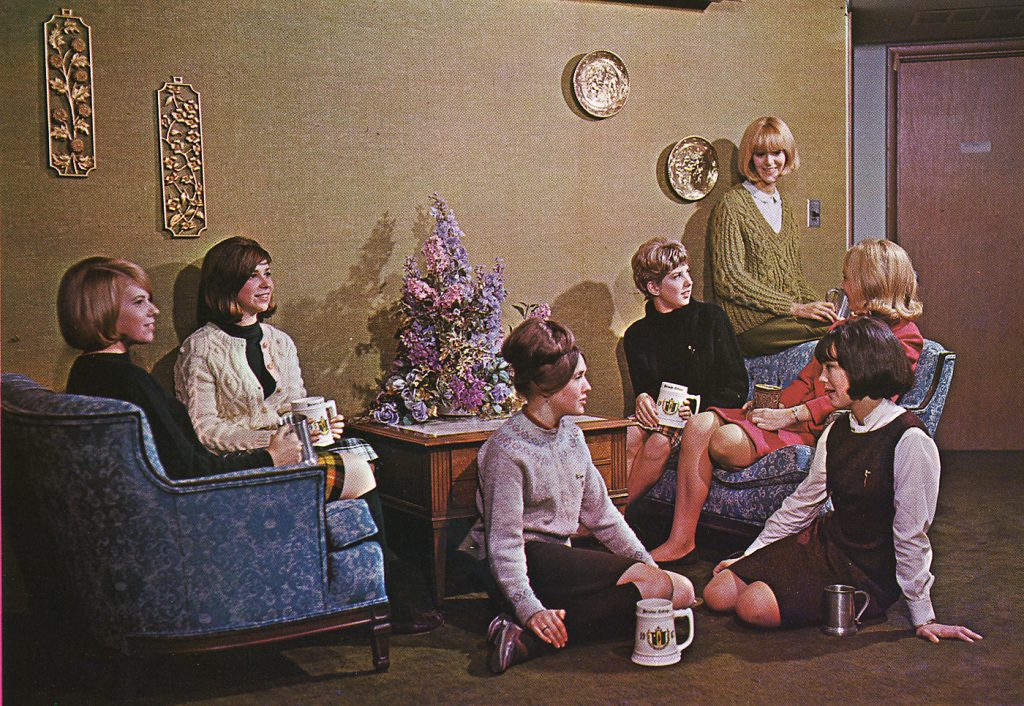
When I arrived on campus, they gave me a room in one of the high rises, in Building 141, also known as MacArthur Hall. It seemed kind of funny to me, someone from the East, that these would be called high rises—they were barely three stories tall. We had two guys in a room in those days, mostly other fellows from the East or West Coast who didn’t do so well in their high school or last college. And what a collection of characters we were.
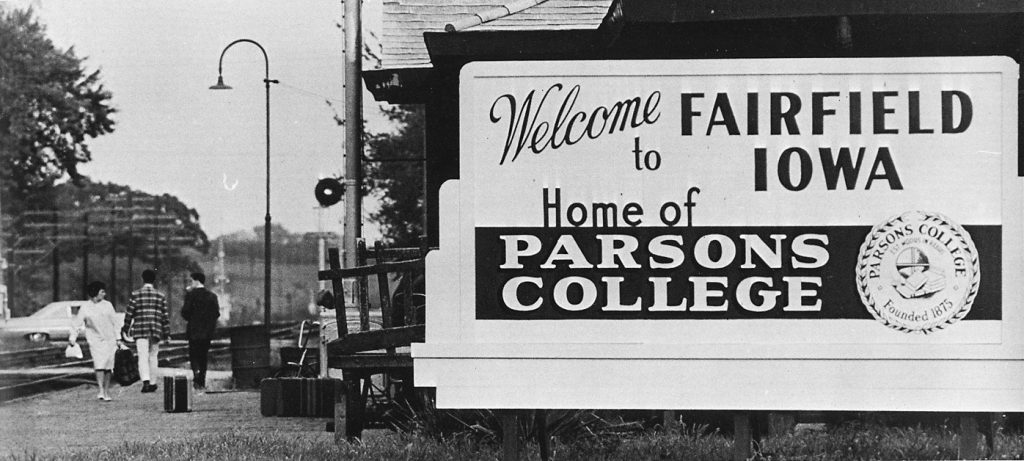
Parsons had just gotten into trouble and was on the way out. There were just over 1,000 students on campus, but in its heyday just a year or two before, there were over 5,000 students. The high rises had three gents to a room at that time. If you have ever seen of those rooms, you know that was a serious feat of compression. They had two beds next to each other and a bunk over one of them. If one guy wanted to turn around, he had to let his roommates know ahead of time.
Auspicious Beginnings
Parsons College had an interesting history. The man who founded Parsons was a wealthy merchant whose father was a Revolutionary War officer. He died in 1855 and left his money to establish a college somewhere in Iowa. A group of three ministers was appointed to find a suitable location. When they visited Fairfield, the meeting was begun with a prayer. This made an impression on the group because it was the only place where a prayer was offered, and it was a key reason they chose Fairfield as the site for Parsons. A group of 25 citizens of Fairfield raised $27,500 to buy land and help start the school. It was a small Midwestern college with a Presbyterian affiliation for most of its life.
Enter Millard Roberts
Then in 1955 Millard G. Roberts was appointed president. A Presbyterian minister from New York, he had very radical and innovative ideas about what a college should be. He thought a college should be run like a business, and students were the products. He believed a school could be expanded and grown just like any other business. So he started aggressively recruiting students from all over the country.
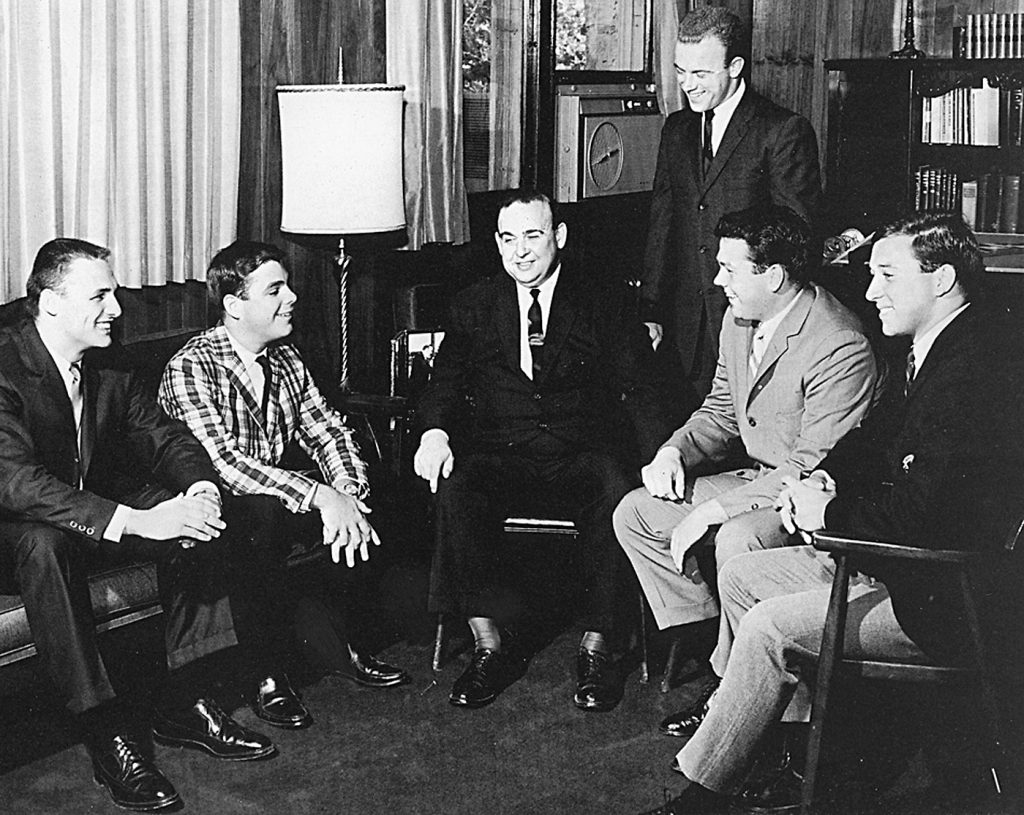
Roberts believed that students should be given a second chance at college no matter how they had performed before, so he accepted students who had dropped out or flunked out of other colleges. This earned him the nickname “The Wizard of Flunk-Out U.” He also recruited top faculty members from all over the country and paid them top dollar. At one time they were the second highest paid teachers in the country—only Harvard paid more. With his Parsons plan in place, the school zoomed up from 350 students to over 5,000 in a few years. He started a massive building program and started his own construction company on campus.
Party On!
Parsons was also a big-time party school. There were lots of fraternities and sororities. As I remember, one of the wildest ones was called One Time Greeks, or OTG. This was made up of guys who had been kicked out of a fraternity for one reason or another. Another was called WTBA, or Where the Boys Are. Many of the guys in this group had both a motorcycle and a sports car.
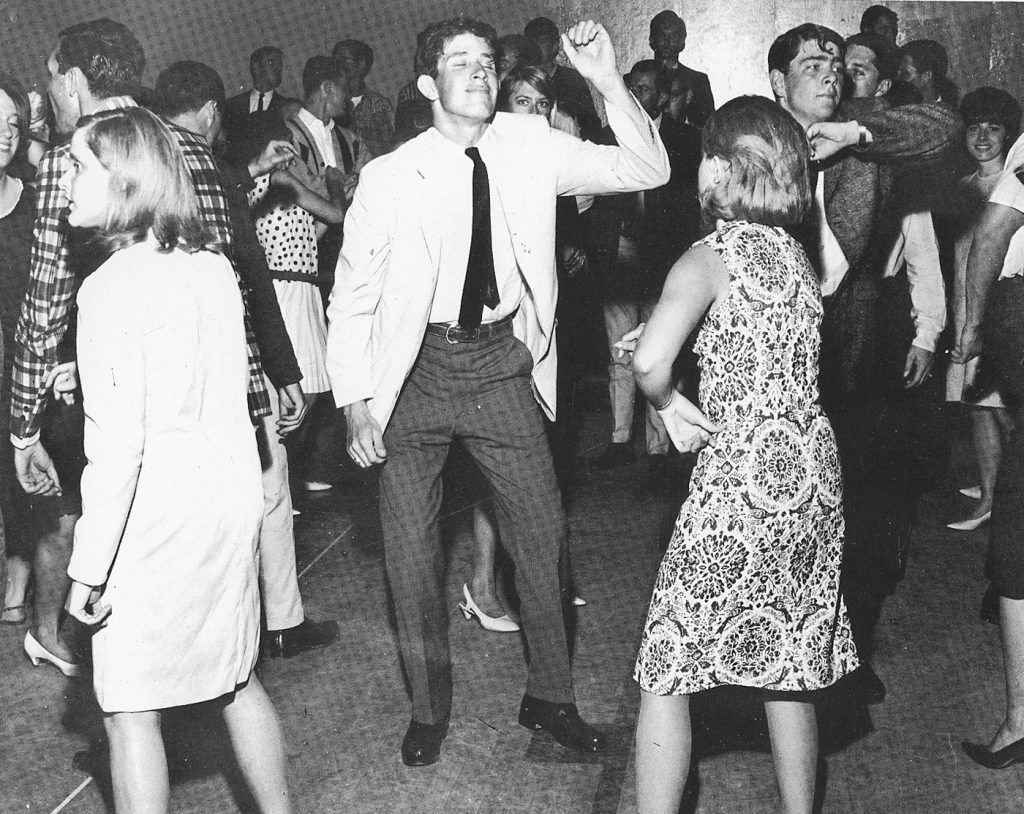
There were a lot of rich kids at Parsons, many of them avoiding the draft. For a while during the 1960s, you could stay out of the draft and the Vietnam War as long as you were in school, no matter what grades you got. So guys would stay in school year after year, flunking most of the classes, and their parents would sign them up again next time around. There was some major partying going on. Because the campus did not allow alcohol, many “party houses” were located in the countryside. One of them was equipped with a dance floor, a full bar, and a swimming pond.
Then in 1966 Life magazine published a famous article about Parsons, Millard Roberts, and all the partying. That was the beginning of the end for the innovative college. Parsons lost its accreditation, Millard Roberts was fired, and the enrollment went down to 1,500 students. I’m still not exactly sure what really caused the school’s downfall. It may have been that the accreditation board just didn’t like Roberts and his philosophy of education.
Student Life
When I got there, the big crash had just happened, but a lot of good teachers were still there. I heard lectures from some of the top professors in the country. Roberts had the idea that all of the faculty should focus on teaching, not publishing articles, like at other schools. All the freshmen had to take the same classes. We went to big lectures with these star teachers in physics, history, music, English, and literature. Then we’d break into small groups with a faculty assistant so we could ask questions and get personal attention.
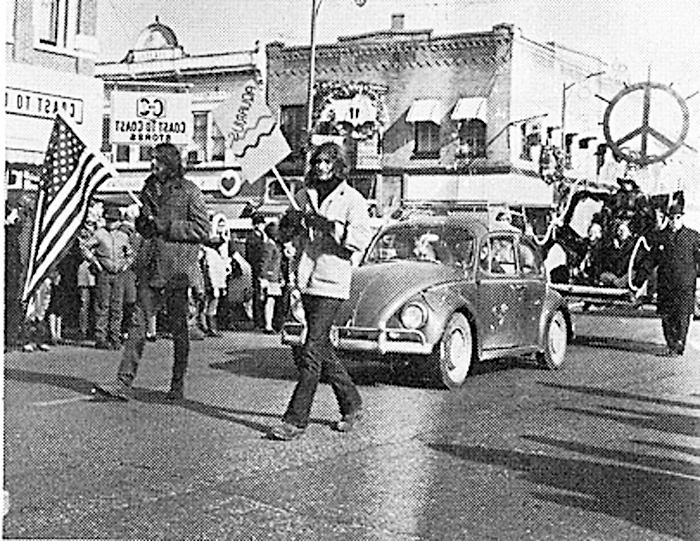
One teacher I remember was Dr. Louise Roberts, the wife of Millard Roberts. She taught a very interesting class in ancient literature, including the Iliad and the Odyssey. Another talented pair were musicians who taught the music appreciation class and played piano duets. Believe it or not, they were named the Medleys. The physics teacher inhaled some helium one day in class and lectured in a Donald Duck voice. I was paying attention and learning things. I became a good student. I knew all the answers. I raised my hand whenever a question was asked. I even made the dean’s list, and my name was in my local paper back in Philadelphia. Local boy makes good.
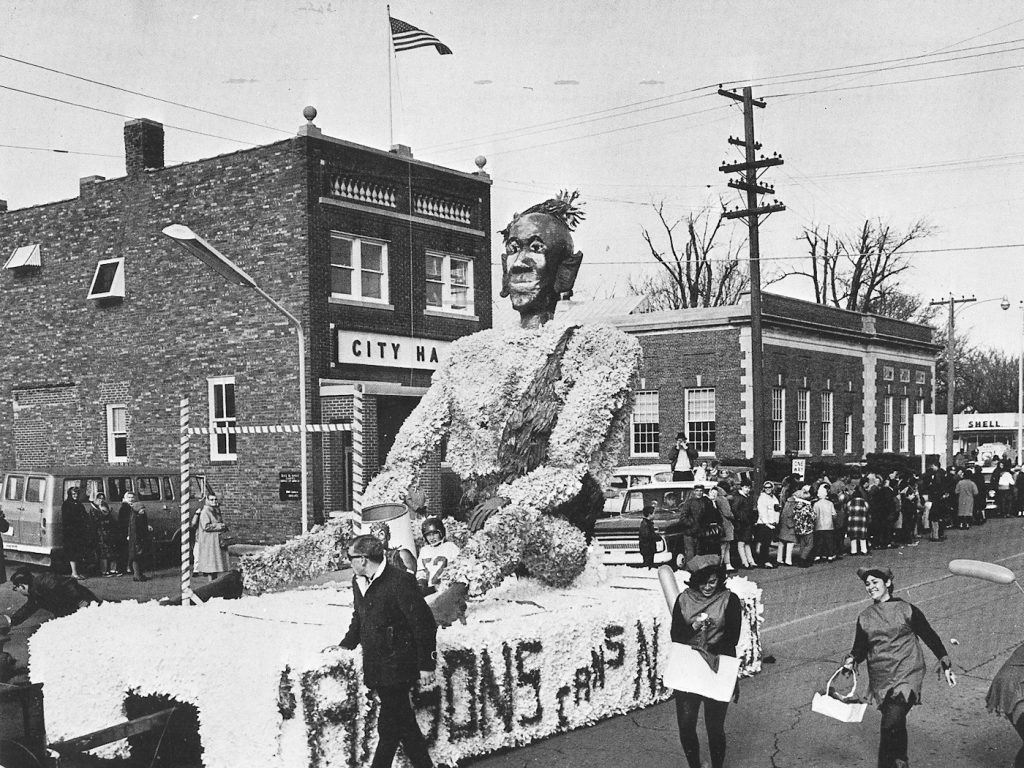
I can’t say a lot of other students were giving much effort in class. Most of them didn’t even go. Local people who were students took the school seriously, but many out-of-towners kept their flunk-out habits going strong. A lot of classes only had a quarter or a third of the students even showing up.
I remember one guy who lived in our dorm. He was about to flunk Spanish for the third time in a row. The final test was coming up, and he knew he was doomed. So he built a radio receiver disguised in a cigarette pack that he kept in his shirt pocket. A little light on top would blink out answers to him in some kind of code. His accomplice was another student in the class who had a transmitter and wires on his person somehow. The thing started working but then broke down mid-test, and he got yet another F. He took it all in stride. I was thinking for all that work he could have learned Spanish, but I guess that wouldn’t have been as much fun.
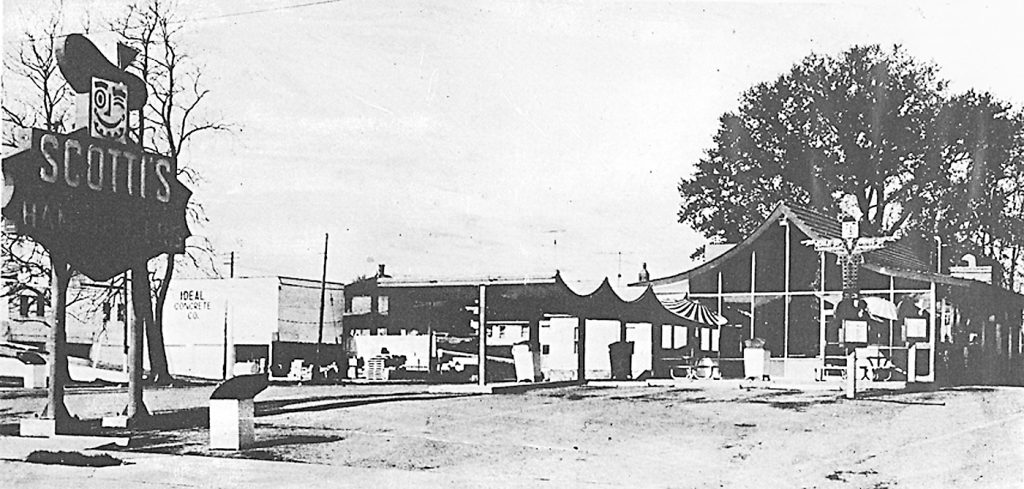
Parsons had a male to female ratio of four to one at that time, so as a skinny freshman with no sports car—or any other kind of car—I didn’t have much of a dating life. In fact, if I am remembering correctly, I had exactly one conversation with a female student during the whole year. I can recall it like it was yesterday. We were outside building 402, the classroom building, in the parking lot. It was a fine spring day. This young lady suddenly started talking to me about something in our English class. I was stunned. After a minute somebody came by and butted in to ask me a question, and she wandered off. And that was that.
I lived my life in my high-rise room. I didn’t have much contact with the fraternity crowd, except for one time when I was walking to class and some frat guys sprayed me with water from a pump and hose setup they had in the back seat of their car, as they were driving by. They got a hearty laugh out of it, and I had to go back to my room and change my clothes. I really made their day.
At one point during the year, all the freshmen were issued green Parsons beanies. These were little round caps that we were supposed to wear to show our school spirit. There was also a vague threat that if we were caught not wearing our beanies, an upperclassman could exact some kind of unnamed punishment on us. For a week or so, it looked like the whole freshman class had converted to Judaism. After a while we figured out nobody was going to do anything to us, so we stopped wearing them.
Hanging Out
Most of my classes were in building 402, Spayde Theater, and Foster Hall. My favorite hangout was the Student Union because of the pinball machines in the downstairs room. Pinball was my hobby. They had some excellent machines there, some of the best I ever played, including Sing Along, Magic City, and the great Bazaar. There was also a bowling alley in the room, which is now a dance floor. The small cafe just off that room had some good live music on the weekends, especially a campus band called JC and the Penetrators.
Since I didn’t have a car or a bike, there was a lot about Fairfield that I didn’t know. Somehow in my year of living there, I never found out about Waterworks Park and the reservoir right next door to campus. But a couple of times a week, if the weather was good, I’d walk into town and visit stores on the square. I went to Kramer’s Card and Gift shop, which had a good selection of funny greeting cards to send back home. A favorite of all Parsons students was Gobble Clothing Store, which is now ICON art gallery. Owned by Fairfield personality Lee Gobble, this store sold all kinds of Parsons T-shirts and sweatshirts, and some custom shirts he had made up. One classic shirt said “Parsons College, as advertised in Life.”
Near campus, in the spot that is now the BP station, there was a fast food place called Scotti’s. They featured a double hamburger called the Big Scotchman, similar to the Big Mac, but Scottish. If the meal in the dining room wasn’t so hot, we could always go to Scotti’s.
Then there was the Co-ed movie theater. I might have seen every movie that came through. At that time it was not divided in half. It was all one big theater with a balcony in the back. The only time I ever saw the theater completely full was for a movie called Sadismo, which was a lurid sequel to a lurid “shockumentary” film called Mondo Cane. I think people were actually throwing up at that movie.
One night Tommy James and the Shondells gave a concert in the old field house. They played their big hits like “Hanky Panky,” “Crimson and Clover,” and “I Think We’re Alone Now.” I guess people called it bubblegum music. I thought it was a good show.
Games and Parades
Parsons had a serious football team. Roberts thought a big-time football program would help put the school on the map. He recruited a bunch of really big guys to play and built a 5,000-seat football stadium in 1966. The team was pretty good and went to the Pecan Bowl in Texas. They were a mediocre team when I was there, but everybody liked going to see the games. Lots of people from town liked to come and watch as well.
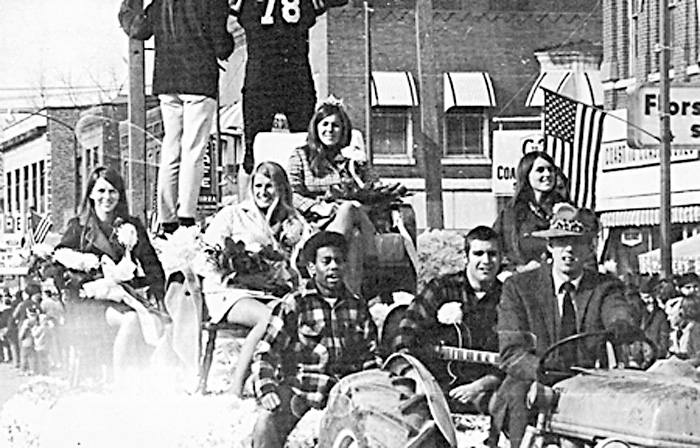
Turbulence in the ’60s
It was the 1960s and times were changing. I started out the year as a member of the Young Republican Club. By the end of the year I was going to meetings of the radical left-wing group Students for a Democratic Society (SDS). One day there was a big meeting on campus to discuss race relations. Tempers flared when some black students called one speaker a white liberal. I don’t know why he got so mad, because that’s what he was. The upshot of this meeting was that a group of black students decided to live in their own dormitory. This seemed like segregation all over again, but in reverse. It was a confusing time.
I was starting to grow my hair long. My music taste changed from the Monkees to the Mothers of Invention. Like my fellow scientist Bill Clinton, I “experimented” with marijuana. But in my case, I didn’t exhale. Once a week a lot of students would go to the TV room in Howard dorm to watch Rowan and Martin’s Laugh-in, which I thought was amazing. I hung up a black light in my room, put up some day-glow posters, and colored the wall with day-glow chalk. You bet your sweet bippy!
My friend Jeff Poland had an all-night radio show on the campus station. This was in the basement of Foster Hall. We stayed awake all night on Thursday nights and played songs like “White Rabbit” and “Do You Believe in Magic?” Then I would go to morning class, get something to eat, and sleep the rest of the day. It was something to do.
My hair was growing, my bell bottom pants were flaring wide, and my belt buckle was huge. I wanted to go to a big city where the action was. I applied to New York University and was accepted because of my improved grades. Millard Roberts’s second chance really worked for me. I was off to hobnob with my fellow hippies around Washington Square. My year at Parsons College was over. I thought that was the last time I would ever see Fairfield, Iowa.
The Long & Winding Road
Years later I started Transcendental Meditation. One day I was sitting in a lecture and somebody mentioned that the TM organization had just bought a college campus. I couldn’t believe it when he said which campus it was. I came back for a visit. Soon I was buying a house. I have lived here now for almost 30 years. I spend a lot of time on campus, but most times I don’t think about Parsons. Every now and then, in certain buildings, I will suddenly have a flashback. I used to live here, back in that other lifetime. It seems like a dream now.
For more writing by Chris Hallinger, including his Life on Earth books, go to ChrisHallinger.com. He can be reached at katman209@yahoo.com.
Thanks to Dave Neff and Lee Gobble for their help in locating photos. All photos in this article are from the Parsons Peira yearbooks.
